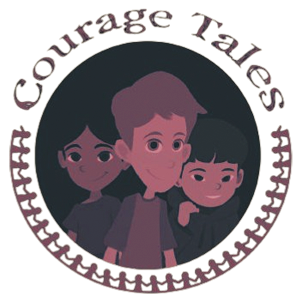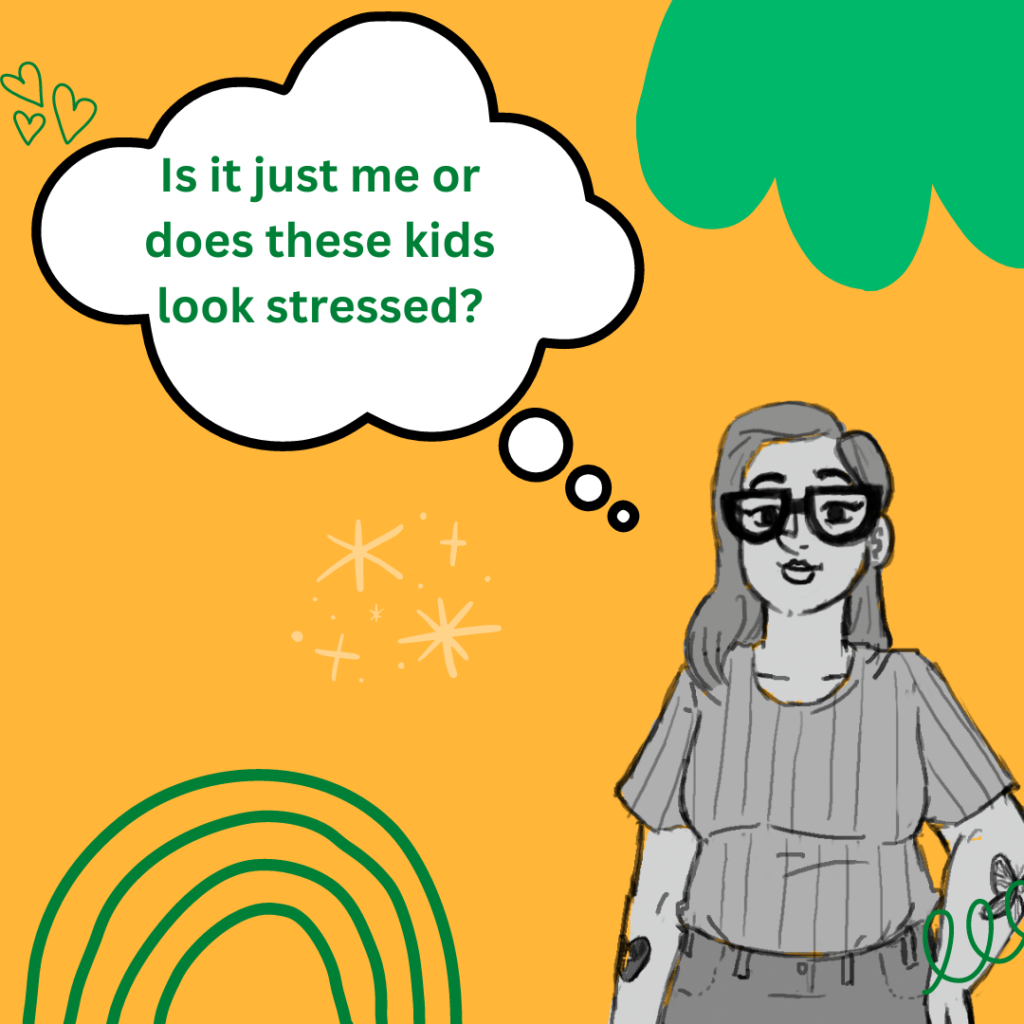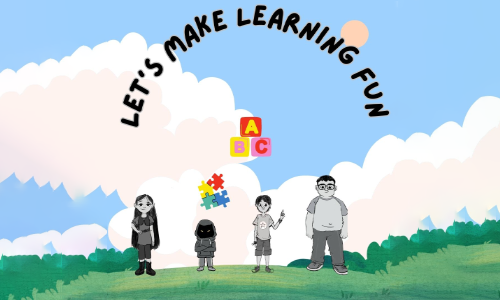How to Help a Child Who’s Acting Out: Start with Empathy
Is your child yelling at their sibling, grabbing toys, or refusing to share, and you’re not sure how to help them behave better?
Take a breath. Acting out isn’t about being a “bad” kid. It’s about big feelings and unmet needs. Often, children misbehave not because they want to hurt someone, but because they’re struggling to express themselves or feel seen.
Why Do Children “Act Out”?
Wouldn’t it be way nicer if, instead of blurting out the words, “Mom, I hate you”, your child could explain their real feelings and struggles? Children usually act out because they feel unseen and need attention.
Every child has unique social and developmental needs, and they may act out or misbehave for a variety of reasons. For young humans, acting out is also a means to feel powerful or simply a way to cope with emotional distress.
How To Handle It When Your Child Misbehaves?
Well, that takes us to another commonly asked question. “What to do when my child is misbehaving?” For starters, you can start by teaching your child to be empathetic. How? In this blog, I’ll discuss the basic steps you can take to help your child be more empathetic and gentle. However, before that, let us delve deeper into the 3 remarkable steps you can take to help your child in such situations.
First of all, remain calm because children tend to mirror your energy. In this scenario, you must not argue with your child. Instead, address the issue in a composed and compassionate manner.
Secondly, shower your child with positive attention. Whenever your child displays good behaviour, you must praise them. Positive words and affirmations can work wonders when it comes to your child’s behaviour and mannerisms.
Thirdly, validate your child’s feelings and respond positively. Try establishing a routine wherein you interact with your kid daily. It could be as simple as reading out cute, short bedtime stories to them. You could also set aside a “play time” to play with your child.
You might not think much of it, but reading bedtime stories for kids is a wonderful way to teach lessons of kindness and empathy through storytelling and narration.
Let me shed some light on how you can mold your child into a more empathetic and gentle person in the section below.
Here’s the key: Empathy.
Teaching your child to understand and care about others’ feelings is one of the most powerful tools you can give them. It won’t solve every problem overnight, but it builds the foundation for kindness, emotional regulation, and strong sibling relationships.
Let’s walk through six simple steps to help your child grow into a kinder, more emotionally aware human.
STEP 1: Understand That Behavior Is Communication
When your child lashes out, ask yourself: What is this behavior trying to tell me?
Kids act out when they feel disconnected, overwhelmed, or powerless. Empathy helps us pause, look past the behavior, and respond to the real need underneath.
📌 Try This:
Stay calm and ask, “Are you feeling upset right now?” or “Did something happen that made you angry?” This invites honesty instead of shame.
STEP 2: Teach Empathy Through Daily Habits
Empathy isn’t just a feeling, it’s a skill we can teach. The best way? Practice it every day.

My kids (ages 6 and 8) love these simple, powerful activities:
- The Compliment Jar
Each day, they write a kind note about someone in the family and drop it in a jar. Every Friday, we read them together. It’s become one of our favorite rituals. - Gratitude Journals
They draw or write something kind they saw or experienced that day. Noticing goodness builds emotional awareness and naturally reduces negative behavior. - Story-Based Conversations
We read stories about kids facing challenges and ask, “How do you think they feel?” and “What would you do to help?” (Try my book Loris Opens Up His Heart, a great empathy conversation starter!)
STEP 3: Use Role Play to Practice Better Reactions
Role-playing gives kids a safe space to explore emotions and test new behaviors.
📌 Try saying:
“Pretend I’m your little brother and I just knocked over your LEGO tower. What could you say that’s kind but firm?” Then switch roles!
This helps kids rehearse real-life situations and develop responses they can use when emotions run high.
STEP 4: Talk About the Brain (Yes, Really!)
Kids are fascinated by how their brain works. Teaching them about the amygdala (their “big feelings center”) and prefrontal cortex (the “wise decision-maker”) gives them language for what they’re experiencing.
🧠 We love:
- Your Fantastic Elastic Brain by JoAnn Deak
- Your Amazing Brain by Jessica Sinarski
You can even draw the brain together and use stickers to label the parts. Learning how the brain works helps kids manage big emotions, and builds self-awareness that reduces acting out. Watch how I play “brain” activities with my kids.
STEP 5: Try Calm-Down Tools Together
Sometimes misbehavior is simply a sign that your child is overwhelmed. Teaching co-regulation strategies helps them move from chaos to calm.
📌 Ideas to try:
- Deep breaths together
- A calm-down jar filled with glitter and water
- Counting to 10 while squeezing a soft toy
STEP 6: Make Empathy a Family Value
When kindness and empathy are celebrated at home, kids absorb it.
Talk about feelings openly. Model apologizing and listening. Remind your kids that how we treat others matters, and that mistakes are part of learning.
Final Thoughts
Empathy isn’t just a parenting trend. It’s a life skill. And it’s one of the best ways to help a child who’s acting out feel understood, and start behaving better.
When we teach our kids to see others with compassion, we also help them understand themselves. And in that understanding, real change happens.
You’ve got this. 💛





